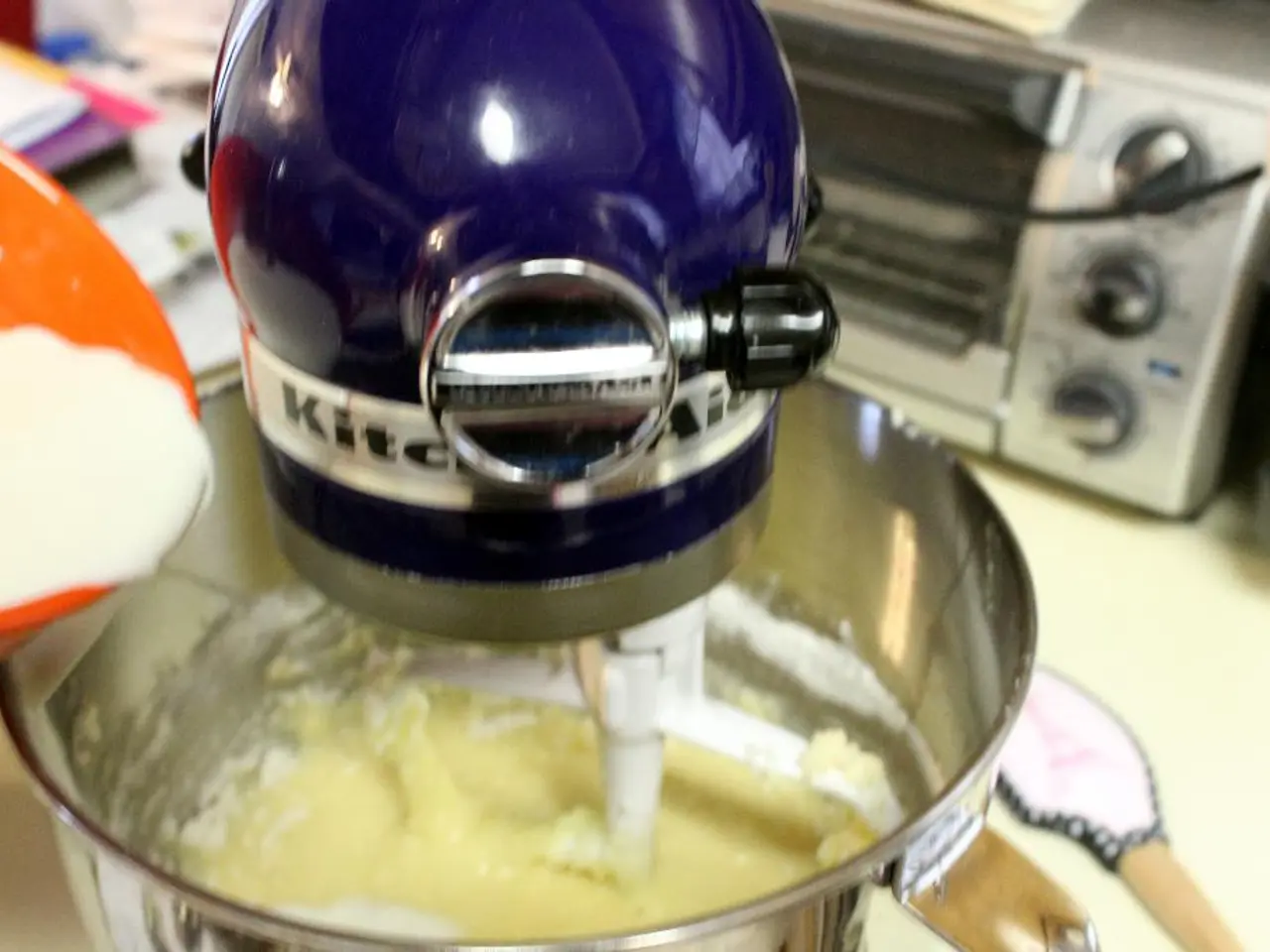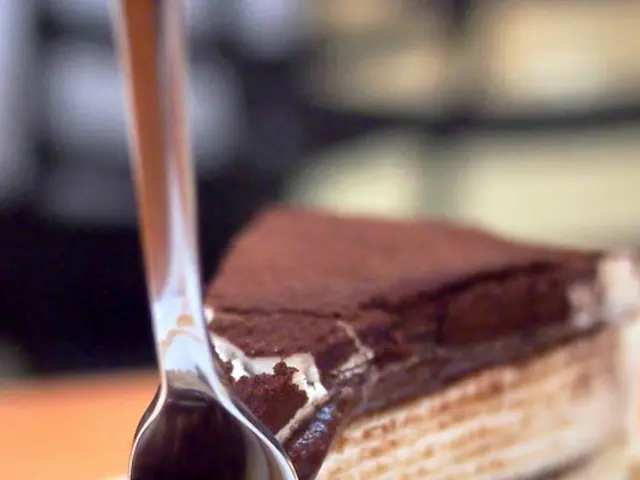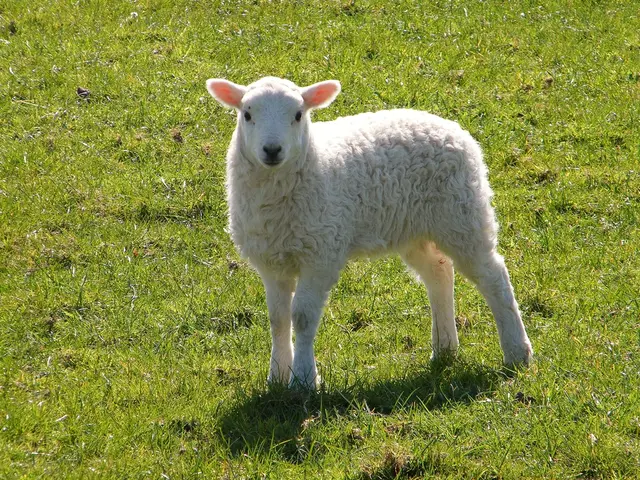Preparing Homemade Matcha: A Tea Artisan's Secret for Creating Foam
Matcha, a vibrant green powder derived from the Tencha green tea variety, has become a staple in many households and cafes around the world. This versatile ingredient is not just enjoyed as a tea, but also in lattes, baked goods, desserts, and even chocolate.
Rich in antioxidants, vitamins, and minerals, Matcha offers a wealth of health benefits. It is packed with chlorophyll, iron, potassium, calcium, copper, zinc, and various vitamins (A, B1, B2, B6, C, E, and K). The caffeine in Matcha is bound to polyphenols, resulting in a long-lasting but gentle energy boost, while the amino acid L-Theanine promotes concentration and has a relaxing effect.
For those seeking premium Matcha, it's recommended to buy from the first harvest of the year and ensure the powder has been tested for contaminants. The process of producing high-quality Matcha is complex, involving shading the tea plants with nets before harvesting, using only young leaves and shoots, steaming, drying, and grinding them into fine powder using traditional granite mills.
Preparing Matcha is an art in itself. A traditional Japanese tea bowl (Chawan) is used for its wide shape, providing enough space to froth the tea. A fork or a traditional Matcha whisk (Chasen) is used for whisking, a skill that takes practice to master. Tea masters use quick, M-shaped movements with the whisk to achieve the desired froth.
The Japanese Tea Ceremony, also known as "Cha-no-yu", is a centuries-old tradition that follows strict rules. It takes place in special tea houses where a tea master prepares Matcha according to these traditions. Participants drink from the same bowl, a ritual that signifies unity and mindfulness. Each participant cleans the rim of the bowl with a cloth after use and then passes it on.
The Japanese Tea Ceremony is not just popular in Japan, but also among enthusiasts worldwide. It is characterized by strict rules, including specified clothing and seating posture, and is a testament to the deep respect and appreciation for this ancient practice.
Matcha Latte, a popular variation, can be easily made at home. Simply whisk a teaspoon of hot water with a teaspoon of Matcha powder, heat 175 milliliters of milk or oat milk and froth it well, and then add the foam to the Matcha mixture and sweeten to taste with sugar.
Beyond Japan, countries like China, South Korea, and Taiwan also produce Matcha tea and have experienced economic growth in recent years, partly driven by increasing interest in tea culture and exports. Tea farmers in Japan are struggling to meet the current demand for Matcha, leading to shortages and higher prices. The vibrant green color of Matcha is popular on social media, further fueling the trend.
In conclusion, Matcha is more than just a trendy beverage. It is a versatile ingredient rich in health benefits, a traditional art form, and a symbol of unity and mindfulness. Whether enjoyed in a traditional Japanese tea ceremony or in a modern Matcha Latte, this green powder continues to captivate and delight tea lovers around the world.








